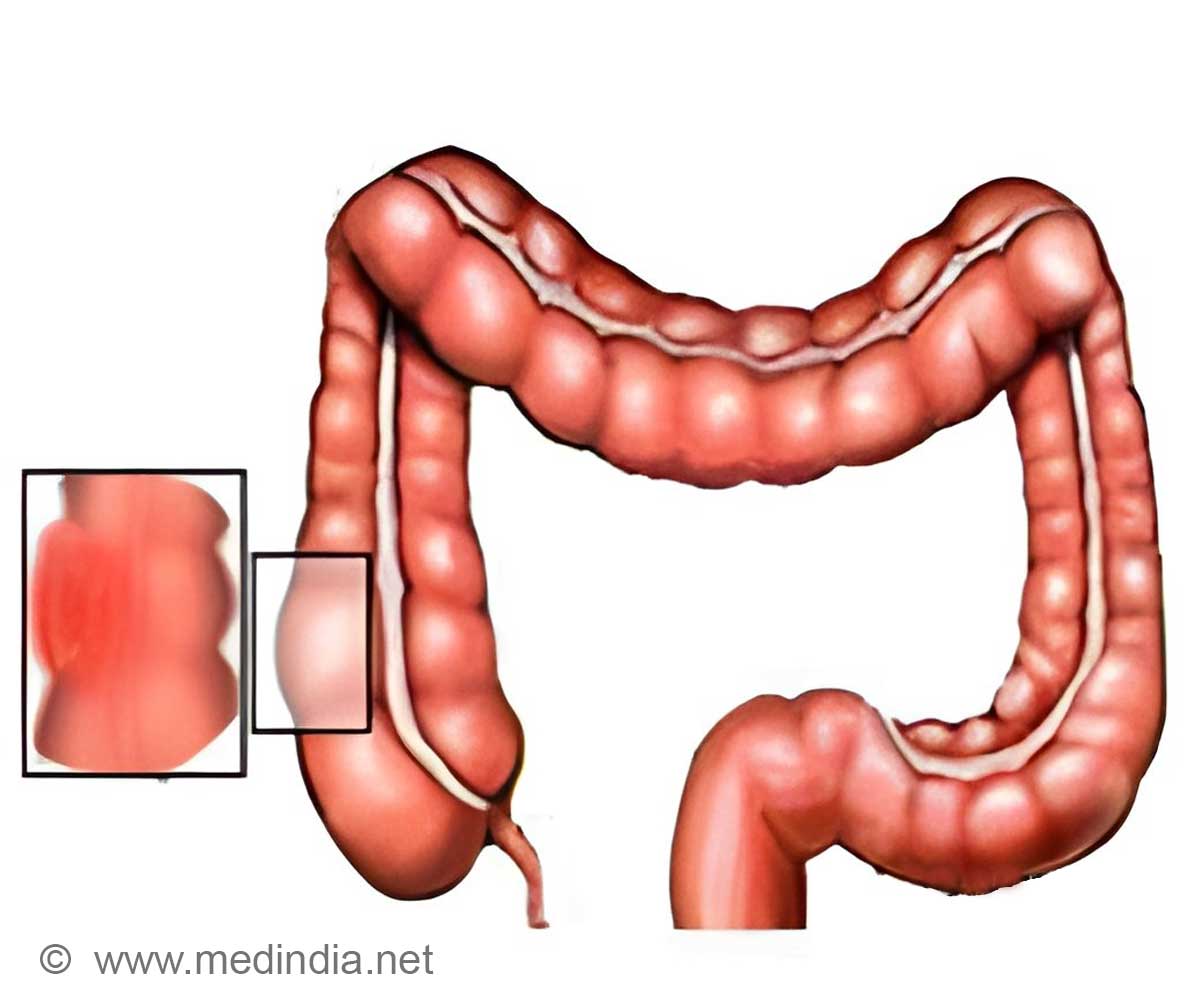Though a carcinoma in situ means a cancer in place, it often does not keep its place.
![Scientists Study the Role of Cancer Cells and Some Fibroblasts in the Breakage of Cellular Membrane Scientists Study the Role of Cancer Cells and Some Fibroblasts in the Breakage of Cellular Membrane]()
Though a carcinoma "in situ" means a cancer in place, it often does not keep its place. Standing between a cancer cell in situ and the surrounding tissue of fibroblasts and extra-cellular matrix is the basement membrane, a thin sheet of fibers that normally cradles the cells above it. The basement membrane is also the frontline physical barrier that keeps primary tumors from spreading into the matrix below. Perforating the basement membrane is a cancer cell's first move toward invasion, but how? Fibroblasts are most commonly found in connective tissue that synthesizes extra-cellular matrix and another main structural protein of animals, collagen. But there are also carcinoma-associated fibroblasts (CAF) whose matrix proteinases could come in handy in breaking the membrane barrier. The question becomes who is invading whom; do cancer cells invade the basement membrane or do some fibroblasts help invading cancers? Researchers at the Institut Curie in Paris now say that they have evidence of a coordinated attack on the basement membrane by cancer cells in situ and CAF cells in the extra-cellular matrix that begins long before the actual trans-location of cancer cells. The work will be presented at the ASCB/IFCB meeting in Philadelphia.
Using human colon cancer cells and primary human fibroblasts isolated from tumors and adjacent normal tissues, Alexandros Glentis and colleagues at the Institut Curie addressed the question of whether the cancer cells or the CAF cells were responsible for the breakdown of the basement membrane that leads to cancer progression. They compared CAFs from colon tumors to normal fibroblasts (NAFs) that were isolated from the same patient, in the adjacent normal tissue. A combination of markers was used to discriminate fibroblasts from other cell types to validate the purity of isolated cells and to discriminate NAFs from CAFs. In co-culture experiments on coated trans-filters, both NAFs and CAFs induced migration and invasion of HT29, which are intrinsically noninvasive colon cancer cells.
The researchers then devised an assay that deployed native basement membrane to separate cancer cells on one side and fibroblasts embedded in collagen on the other. They found that only CAFs were able to stimulate invasion of cancer cells. Further study applying proteomic analysis confirmed that CAFs secrete more proteases, extra-cellular matrix proteins, and proteins that modify the basement membrane compared with NAFs, pointing to a remodeling role for CAFs in invasion.
Through imaging the tumors and fibroblasts, the researchers then found the smoking gun of cancer-CAF cooperation--long protrusions like puppet-strings that the tumor cells used to communicate with the fibroblasts well before the cancer cells moved to breach the basement membrane. The researchers are currently testing a role of CAF-derived molecules in basement membrane remodeling to further dissect the secret alliance between cancer cells and CAFs in basement membrane invasion.
Source-Eurekalert















